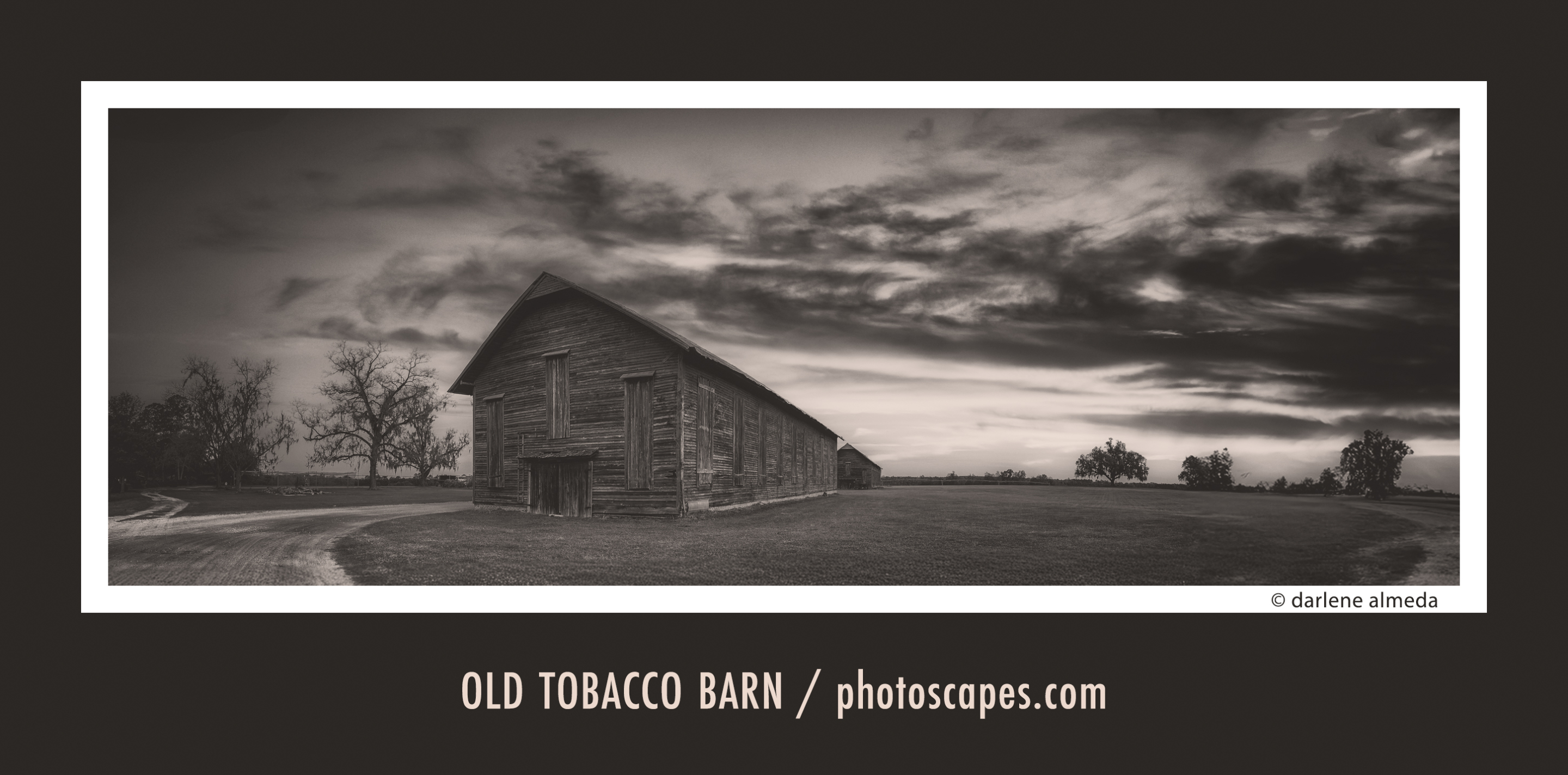I didn’t plan to live in North Florida. I was still in Miami-Dade when I first stumbled across its quiet beauty, sweeping marshes, whispering pines, and that golden light that seems to bless every corner of the land. But everything changed the day I visited St. Mark’s National Wildlife Refuge. It was more than a scenic stop; it was a calling. That’s when I knew: this would be home.
I’ve lived life as a photographer, not as a job, but as a way of seeing. The artists, musicians, and fellow photographers I know understand this deeply. We don’t switch it off. We live it. Teaching and the business of photography were once part of my profession, but the lifestyle—that persistent urge to chase beautiful light, to understand each evolution of the craft, remains. It’s who I am, every hour of every day.
The state line is not far from my home, just a brief drive north into Southwest Georgia. The land flattens and unfurls into fields and quiet towns steeped in time. I’ve been lucky. A few friends from these small towns have brought me to places they hold dear, places that are vanishing. They want me to photograph them before they fade into memory. I consider that a gift. I consider myself a blessed photographer.
The Old Tobacco Barn is one of those places. These barns once peppered the region, vital to the tobacco industry that supported generations. But many have collapsed under the weight of storms and time or simply been sacrificed for development. When I find one still standing, weathered but proud, I feel a responsibility to document it, to honor it, and to tell its story before it’s too late.
Short Story: “The Last Drying Season”
They say the old barn leaned even when it was new.
Built by hand in the early 1900s, it stood through decades of tobacco seasons, filled with the sharp scent of drying leaves, the laughter of field hands, the creak of wood settling deeper into the soil. For a long while, it was the heartbeat of the land.
Then came the decline. The last farmer to work the field, Mr. Clyde Wheeler, passed away quietly one fall. No one planted tobacco after that. The fields grew wild. The barn sat empty, gathering silence like dust.
But now and then, someone would come by. A young couple once used the barn as a backdrop for wedding photos. A pair of kids poking around its beams with flashlights, swearing they heard it breathing. And then one day, me. Camera in hand, boots in the mud, chasing the last light of the day as it slid across the slats like memory.
I made this photograph just before dusk. The sky was folding in on itself, the clouds like smoke from an invisible fire. The barn leaned, as always, like it was tired but unwilling to fall. I stood still, listening. There were no creaks, no wind, just the soft click of the shutter.
Some places aren’t meant to last forever, but deserve to be seen.

